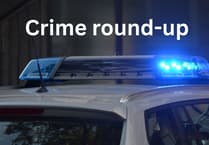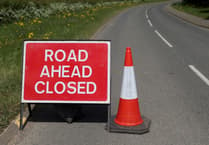LATEST figures for the amount of carbon emissions created by the Forest Council have shown the authority’s activities led to more of the “greenhouse gas” being released into the atmosphere.
But the Cabinet member who brief includes the climate emergency says that is because emissions are being recorded more accurately.
According to figures presented to the authority’s Cabinet last week, the amount of emissions increased from 1,300 tonnes in 2019-2020 to 1,800 tonnes in 2020-2021.
Cllr Chris McFarling, (Green, St Briavels), who holds the climate emergency brief, said the increase was due to the use of liquid fuel.
He said the figures were now based on the number of litres of fuel used rather than on mileage.
Fuel use is considered a more reliable indicator as mileage is based on national assumptions about fuel use.
He said: “It looks as if we are going the wrong way but it’s better to be accurate and include the best reality of what our carbon emissions are so we know how much we need to reduce them by.
“It is anticipated that the 21/22 figures will be at a similar level but it reflects how difficult it is to reduce our carbon footprint in the modern age.”
He said the use of electricity was down because of the installation of solar panels and insulation at the council’s headquarters in Coleford.
The use of gas had changed very little which was “very concerning”, he added.
Cllr McFarling also said he wanted to see the council improve its rating on the UK ‘climate emergency scorecard’.
He said the scorecard rated councils according to how well they were doing with their climate emergency action plans.
“As a district council we are about 43 per cent effective.
“The higher we are the better so we can show we are leading on climate change.
“The assessment is 75 questions across seven topics.
“Cotswolds are on 40 and Stroud are on 77.
“We should aim to be a leading council across the country and certainly catch up with Stroud.”





Comments
This article has no comments yet. Be the first to leave a comment.